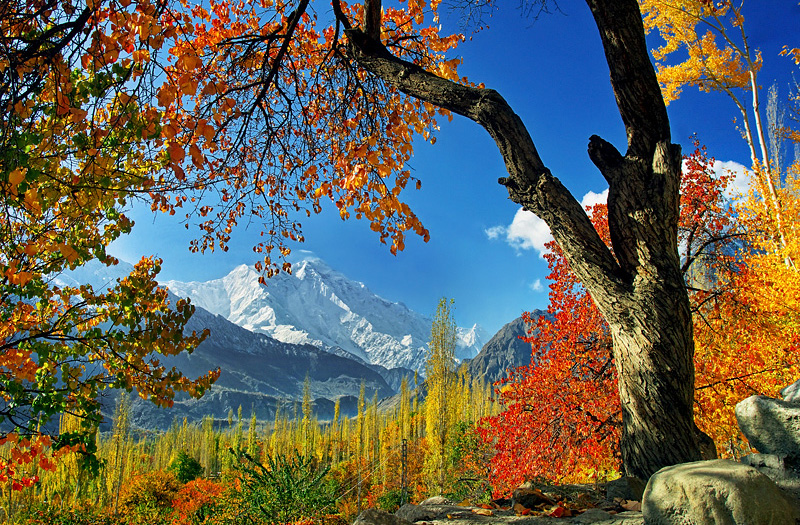As summer’s peak warmth mellows, Gilgit-Baltistan undergoes its most visually dramatic transformation: the arrival of autumn. Typically spanning from September to November, this season paints the valleys and mountain slopes in a breathtaking spectrum of gold, fiery red, and rustic orange. Temperatures cool to a crisp, comfortable embrace, offering a serene contrast to the intense heat of summer and the starkness of winter.
Autumn signifies a period of abundant harvest, quiet reflection, and preparation for the colder months ahead. For locals, it’s a time of industrious activity, gathering nature’s bounty and strengthening communal bonds. For tourists, it’s a dream come true – a season of unparalleled photographic opportunities, clear skies, and tranquil landscapes, often less crowded than the summer peak. Gilgit-Baltistan, already a land of captivating beauty, becomes an artist’s masterpiece during autumn. To discover what else this region offers year-round, check out our guides on Spring in Gilgit-Baltistan
and Summer in Gilgit-Baltistan.
Here’s a glimpse into the magic of autumn as it unfolds month by month:
| Month | Cultural | Natural Highlights | Activities/Harvest Focus | Activities & Experiences |
| September,Early leaves begin to turn | crisp air | clear visibility | late fruit harvest.,Walnut/Almond harvest begins | preparations for winter food storage.,Ideal for trekking and high-altitude hiking |
| October,”Peak autumn colors in Hunza, Nagar, Skardu | golden poplars | first snowfall on high peaks.”,Maize harvest | traditional drying of fruits and vegetables.,Autumn foliage photography tours | village visits |
| November,Late autumn colors in lower valleys | colder temperatures | preparations for winter festivals.,Final harvests | communal preparations for winter.,Enjoying local autumn cuisine | experiencing tranquil village life |
🏞️ Natural Beauty and Landscape During Autumn
Autumn’s arrival completely redefines Gilgit-Baltistan’s valleys, transforming them into a golden wonderland. Regions like Hunza, Nagar, Skardu, Phander, and Ghizer, which were lush green in summer, now blaze with a spectacular display of colors. Poplar, apricot, apple, and mulberry trees, in particular, ignite into fiery reds, oranges, and brilliant yellows, creating a landscape that feels almost ethereal.
You’ll see entire villages bathed in golden light, nestled amidst groves of vibrant trees. The crisp autumn air brings incredible clarity, offering unobstructed views of the towering mountains, many of which receive their first dusting of snow, creating a stunning contrast with the warm hues of the valleys below. The tranquility of the rivers and lakes, reflecting the vibrant foliage, adds to the serene beauty of the season.
Photo Opportunity: Witness the breathtaking spectacle of Rakaposhi (7788 m) in Autumn, framed by trees ablaze with color, or capture the panoramic golden views of villages like Booni in Chitral.
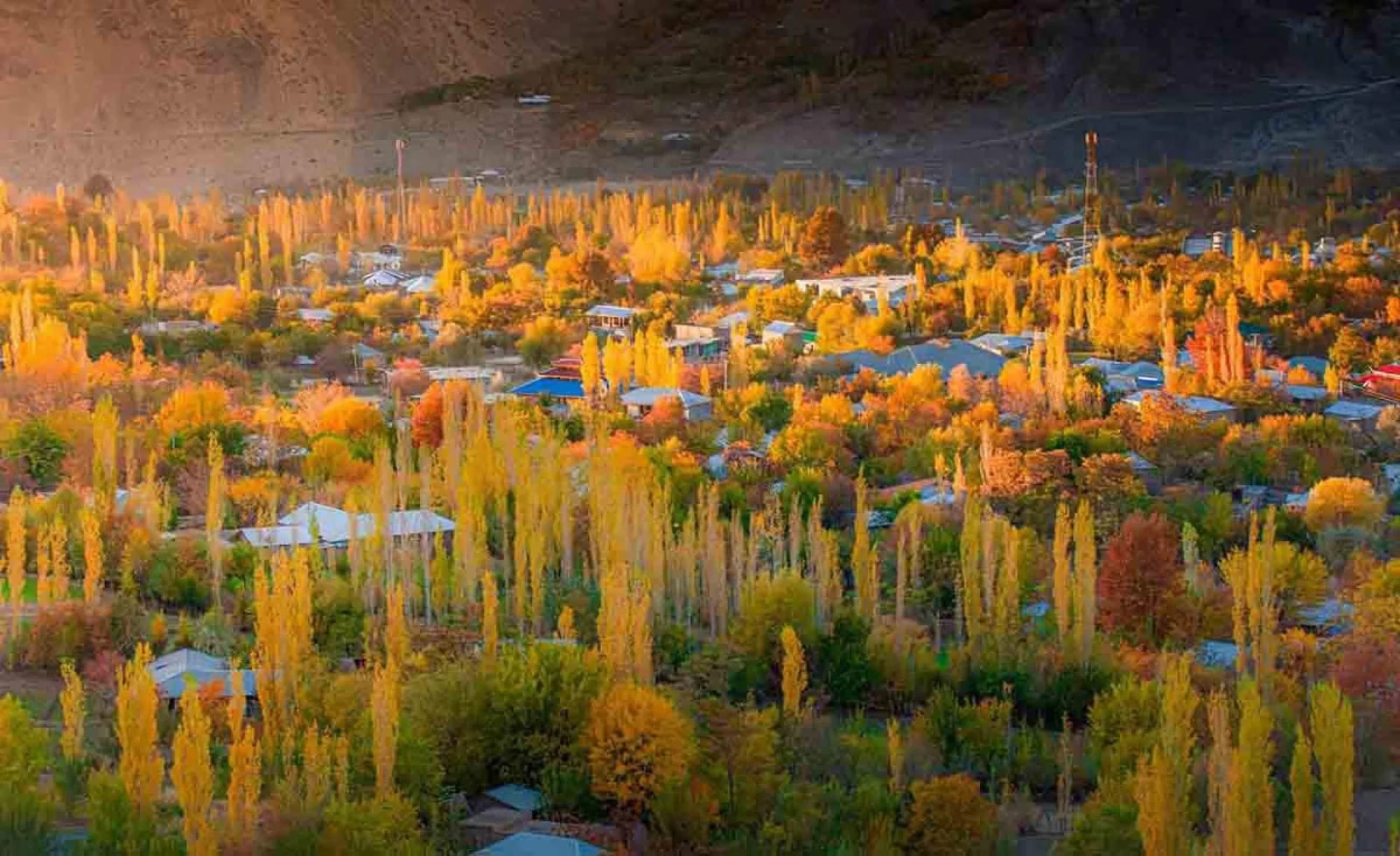
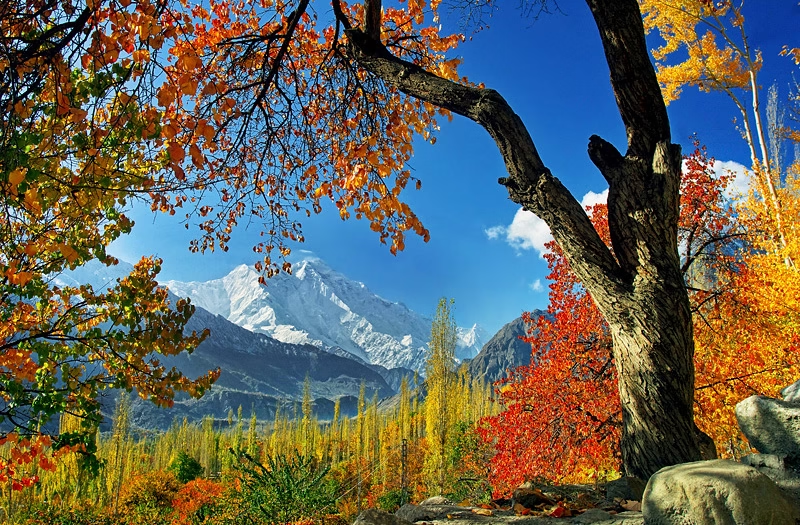
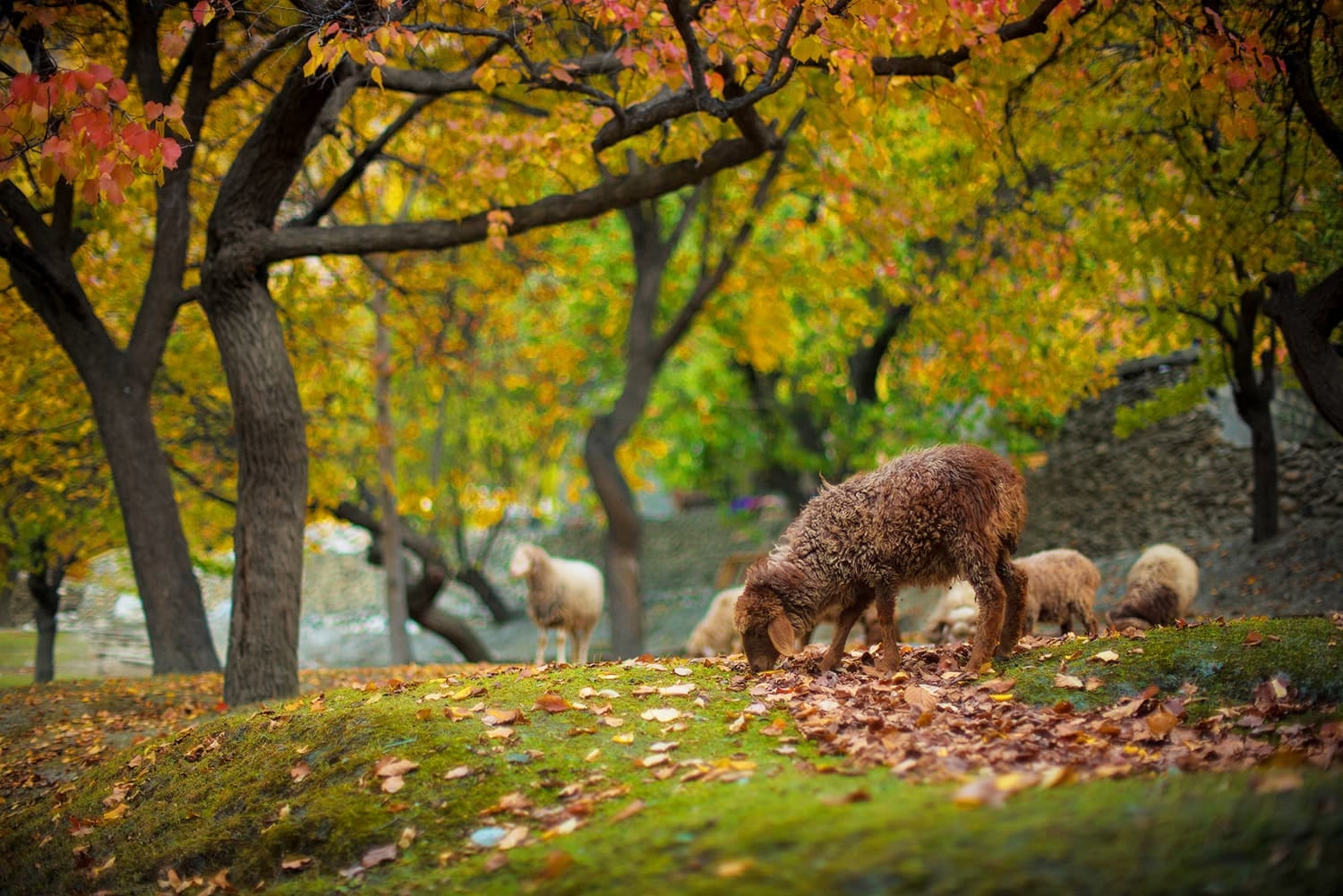
🎉 Festivals and Cultural Activities
While summer hosts the grand Shandur Polo Festival, autumn in Gilgit-Baltistan settles into a rhythm of smaller, more intimate community gatherings and harvest-related celebrations. The focus shifts towards gratitude for the land’s bounty and communal preparation for the approaching winter.
- Harvest Celebrations: Many villages hold localized harvest festivities throughout September and October, giving thanks for successful yields of fruits, nuts, and grains. These events are often spontaneous and deeply rooted in local traditions, featuring shared meals, folk music, and simple dances.
- Community Sports: As the weather remains pleasant, local sports events, particularly traditional polo matches (on a smaller scale than Shandur), continue to be popular in various valleys. These provide entertainment and a chance for communities to bond.
- Preparations for Winter Festivals: Though winter festivals like Mayfung (Balti New Year) occur later in December, autumn is a time of quiet anticipation and preparation for these cultural highlights. Families begin to gather resources and plan for the extended period of indoor communal life.
These autumn activities, while perhaps less grand than summer’s spectacles, offer a more authentic and intimate glimpse into the daily life and cultural fabric of Gilgit-Baltistan’s communities.
🧑🌾 Farming and Harvest Season
Autumn is the undisputed climax of the agricultural year in Gilgit-Baltistan. After months of cultivation, farmers dedicate themselves to harvesting the abundant produce that will sustain them through the winter. This season is synonymous with hard work, communal effort, and immense gratitude.
Major autumn crops include:
- Maize (Corn): Fields of corn ripen, and families engage in the labor-intensive process of harvesting and husking. You’ll often see piles of golden corn cobs gathered in preparation for drying and storage.
- Apples & Grapes: Late-season varieties of apples are picked, adding to the earlier fruit harvest. Grapes, too, reach their peak, ready for consumption and preservation.
- Nuts: Walnuts and almonds, crucial for winter nutrition, are harvested, shelled, and prepared for storage.
- Drying & Storage: A significant aspect of autumn farming is the traditional sun-drying of fruits and vegetables. Apricots, apples, and various greens are carefully laid out, preserving the harvest’s goodness. Communities also begin storing grains and other produce in traditional ways, ensuring food security for the cold months ahead.
This intensive period of harvesting is often a communal affair, with neighbors helping neighbors, reinforcing the strong bonds that define mountain village life.
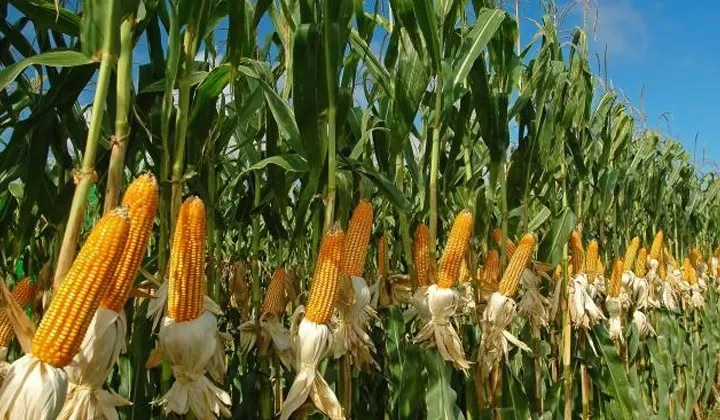
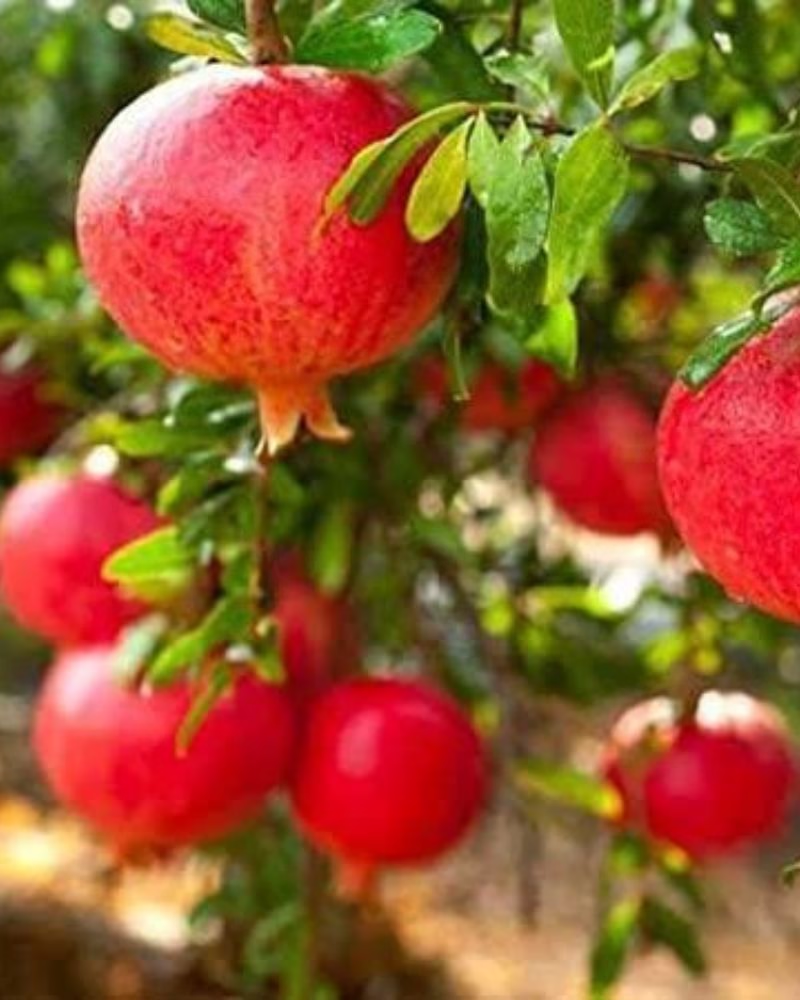
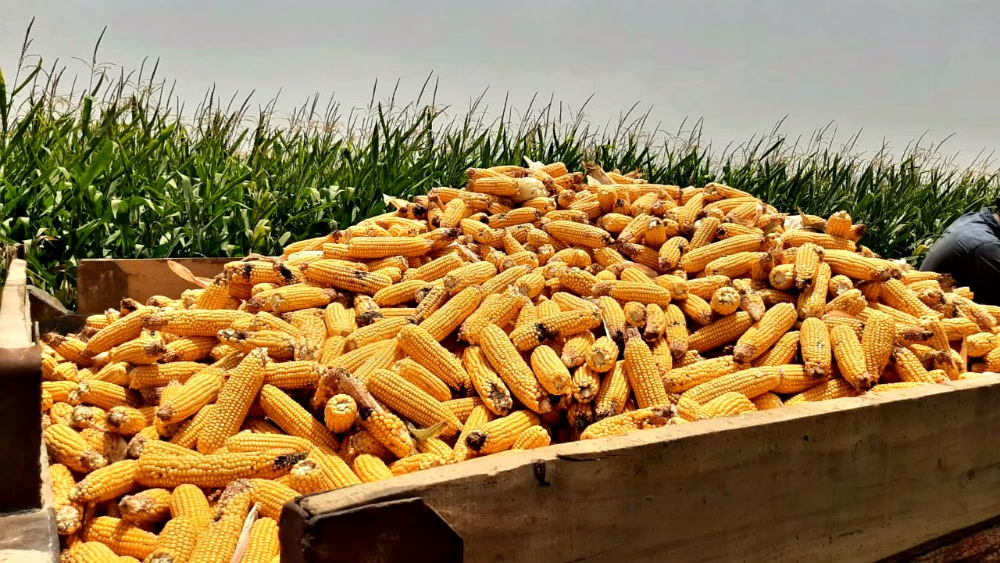
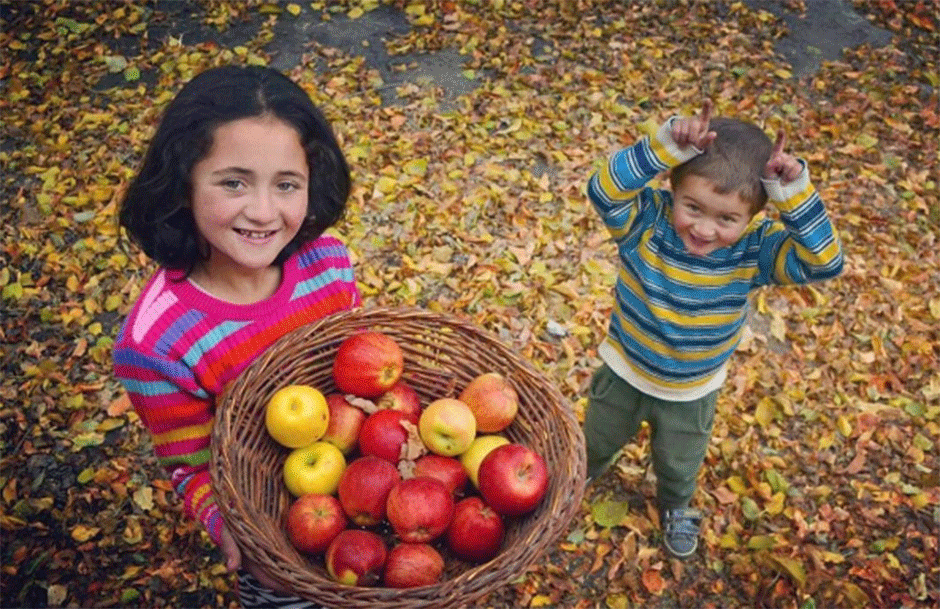
🥘 Local Autumn Foods and Drinks
Autumn’s bounty brings a rich, hearty, and comforting dimension to Gilgit-Baltistan’s cuisine. The focus shifts to fresh harvest, dried provisions, and warming dishes.
- Fresh Fruits & Nuts: The newly harvested apples, grapes, and especially pomegranates become staple snacks and ingredients. Walnuts and almonds are enjoyed fresh or incorporated into dishes.
- Dried Fruit Delights: Dishes featuring rehydrated dried apricots and mulberries are common, often used in sweet or savory preparations. These provide concentrated energy and flavor.
- Hearty Stews & Soups: As temperatures drop, warming stews made with local meats (often yak or lamb) and fresh autumn vegetables become popular. Soups like Balay (noodle soup) offer comforting warmth.
- Local Breads: Freshly baked flatbreads accompany most meals. You might find Goli, a special walnut bread, or other traditional breads made with freshly milled autumn grains.
- Herbal Teas: Warm herbal teas, often made from dried wild herbs collected during the summer, provide warmth and medicinal benefits, aiding digestion and warding off colds.
The cuisine perfectly reflects the season’s transition – a blend of fresh abundance and preparations for the coming scarcity of winter.
👣 Outdoor Activities & Tourism
Autumn offers one of the most sublime experiences for outdoor enthusiasts in Gilgit-Baltistan. The stable weather, crisp air, and vibrant colors make it an ideal time for exploration, often with fewer crowds than in summer.
- Trekking & Hiking: Many popular trails remain open and are arguably at their best. The cooler temperatures make for more comfortable trekking, and the clear skies offer unobstructed views. Treks to accessible base camps or high-altitude lakes are particularly rewarding as the surrounding foliage turns golden.
- Photography Tours: Autumn is a photographer’s paradise. Specialized tours focus on capturing the breathtaking autumn foliage against the backdrop of snow-capped peaks and clear blue skies. Every turn offers a new, stunning vista.
- Jeep Safaris: Roads to many high valleys and passes remain open, allowing for thrilling jeep safaris to remote areas, offering incredible panoramic views of the autumn landscape.For more information on road conditions, always check the official National Highway Authority (NHA) Pakistan updates.
- Cultural & Village Tours: The harvest season is an excellent time for cultural immersion. Village visits allow travelers to witness traditional farming methods, participate in local activities (if invited), and experience the authentic rhythm of mountain life as communities prepare for winter.
The golden light of autumn adds a magical touch to every outdoor adventure.
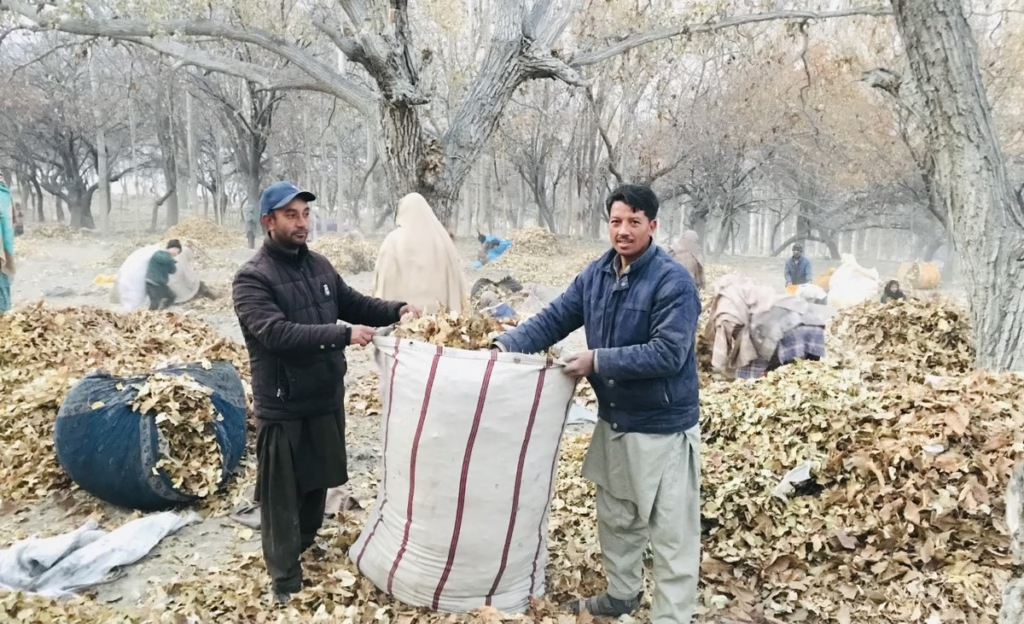
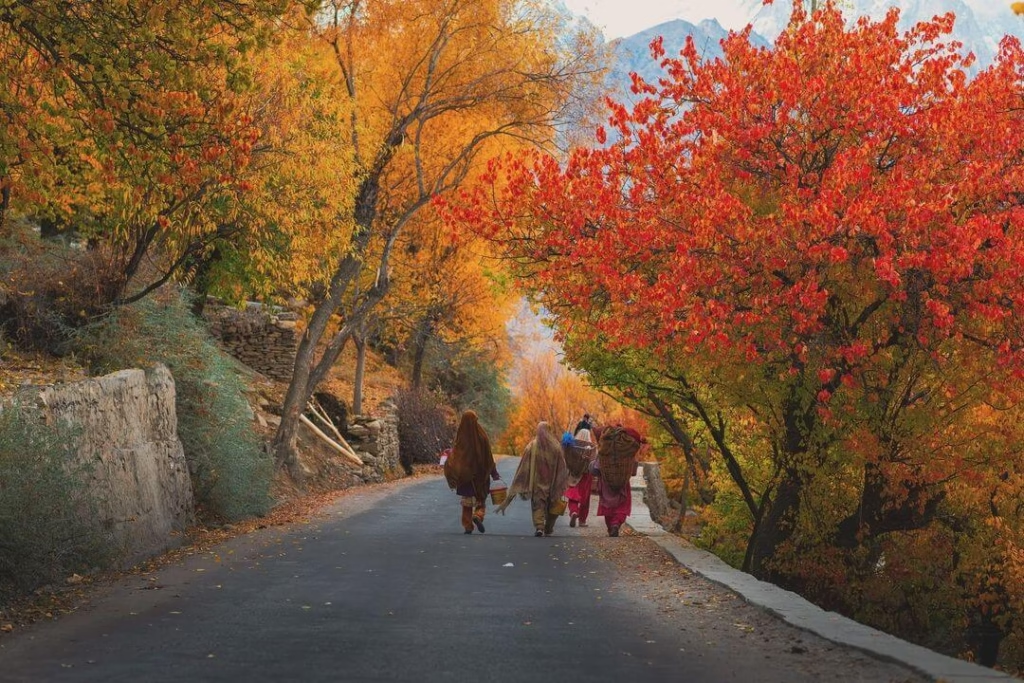
🧥 Traditional Clothing During Autumn
As autumn progresses and temperatures gradually drop, the clothing worn by locals shifts from summer’s light fabrics to warmer, layered attire, predominantly featuring wool.
- Layering: Practicality dictates layering. Individuals often wear lighter cotton or linen undergarments, topped with woolen shirts, sweaters, and waistcoats.
- Woolen Attire: Traditional woolen garments become more common. Men frequently don thick woolen shalwar-kameez or warm chogas (long woolen robes).
- Traditional Caps & Shawls: The iconic Gilgit cap (Khoi/Phartsun) becomes a daily essential for men, providing warmth. Women increasingly wear heavier, intricately embroidered woolen shawls (chaddars or dupattas) over their outfits, providing warmth and adding a vibrant touch to their ensemble. These shawls are not just practical but also important cultural statements.
The shift in fashion reflects the natural cooling of the environment, combining practicality with the enduring elegance of traditional mountain wear.
🛍️ Handicrafts & Markets
Autumn is a bustling period for handicrafts and local markets in Gilgit-Baltistan. With tourist season still active through September and October, artisans are busy showcasing and selling their crafts. As winter approaches, locals also stock up on essentials.
- Vibrant Markets: Bazaars in towns like Gilgit, Karimabad, and Skardu are lively, filled with local products.
- Handwoven Textiles: Expect to find a wide array of handwoven woolen shawls, caps, and intricate carpets, often made from local sheep or yak wool. These are popular souvenirs as well as vital for local use in winter.
- Woodwork & Basketry: Carved wooden items, from decorative pieces to household tools, are prominent. Basketry, made from willow and other natural fibers, is both utilitarian for harvest storage and aesthetically pleasing.
- Jewelry: Traditional jewelry, often featuring locally sourced stones like turquoise and silver, continues to be a draw, with designs reflecting the region’s cultural motifs.
- Dried Fruits & Nuts: Local markets are laden with the season’s harvest – bags of fresh and dried apricots, mulberries, walnuts, and almonds, offering a taste of the region’s agricultural wealth.
The markets in autumn offer a dynamic blend of cultural artistry and the rich bounty of the harvest season.
🙌 Community and Spiritual Traditions
Autumn is a profoundly spiritual and communal season in Gilgit-Baltistan, marked by a deep sense of gratitude and collective preparation.
- Thanksgiving for Harvest: The culmination of the agricultural year brings a strong focus on giving thanks. Communities often engage in local prayers and blessings for the successful harvest, expressing profound gratitude for nature’s generosity and sustenance.
- Communal Preparations: As temperatures drop, communities come together to assist each other in preparing for winter. This might involve communal food preservation, gathering firewood, or preparing homes. The image of men gathering dry foliage (“humol”) often reflects this collective effort, which is essential for heating and livestock feed during colder months.
- Indoor Gatherings: As evenings grow longer and colder, communal life often shifts indoors. This is a time for storytelling, sharing traditional folklore, reciting poetry, and strengthening family and community bonds around warm hearths.
- Spiritual Reflection: The season’s transition, from abundance to the quietude of approaching winter, often inspires spiritual reflection, reinforcing the blend of ancient beliefs (including pre-Islamic and Buddhist influences in some areas) with the predominant Islamic traditions that shape the community’s worldview.
Autumn highlights the resilience, interdependence, and spiritual connection to the land that defines the people of Gilgit-Baltistan.
🌄 Conclusion
Autumn in Gilgit-Baltistan is a truly magical experience, a season of profound beauty and cultural richness. It’s a time when the majestic mountains offer a stunning backdrop to valleys ablaze with gold, when the air is crisp with the scent of harvest, and communities come together in a spirit of gratitude and preparation. From the tranquil beauty of its landscapes to the vibrant traditions of its people, every element contributes to an unforgettable tapestry.
This region, a hidden gem of the Himalayas, offers a unique blend of natural splendor and deep-rooted culture. If you’re planning to visit Gilgit-Baltistan, there’s no season like autumn to truly experience its golden soul. Come and discover the tranquility and bounty for yourself!
